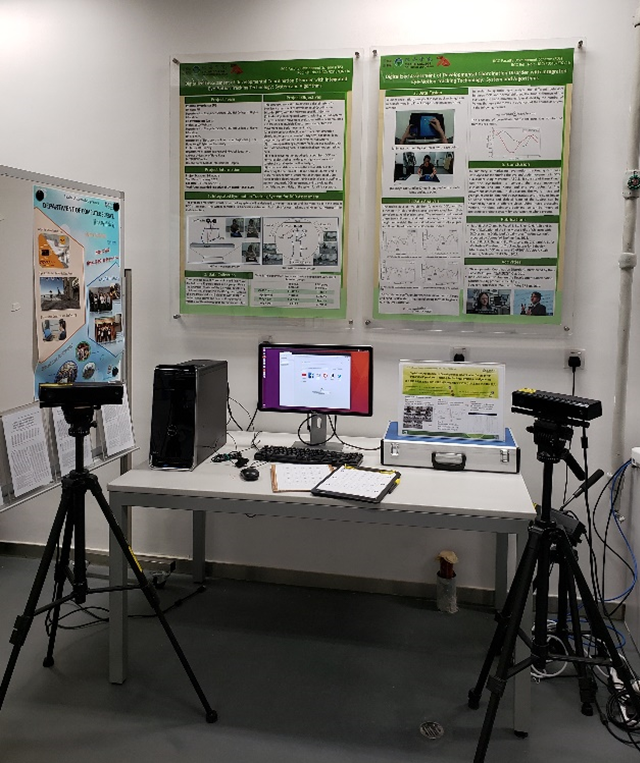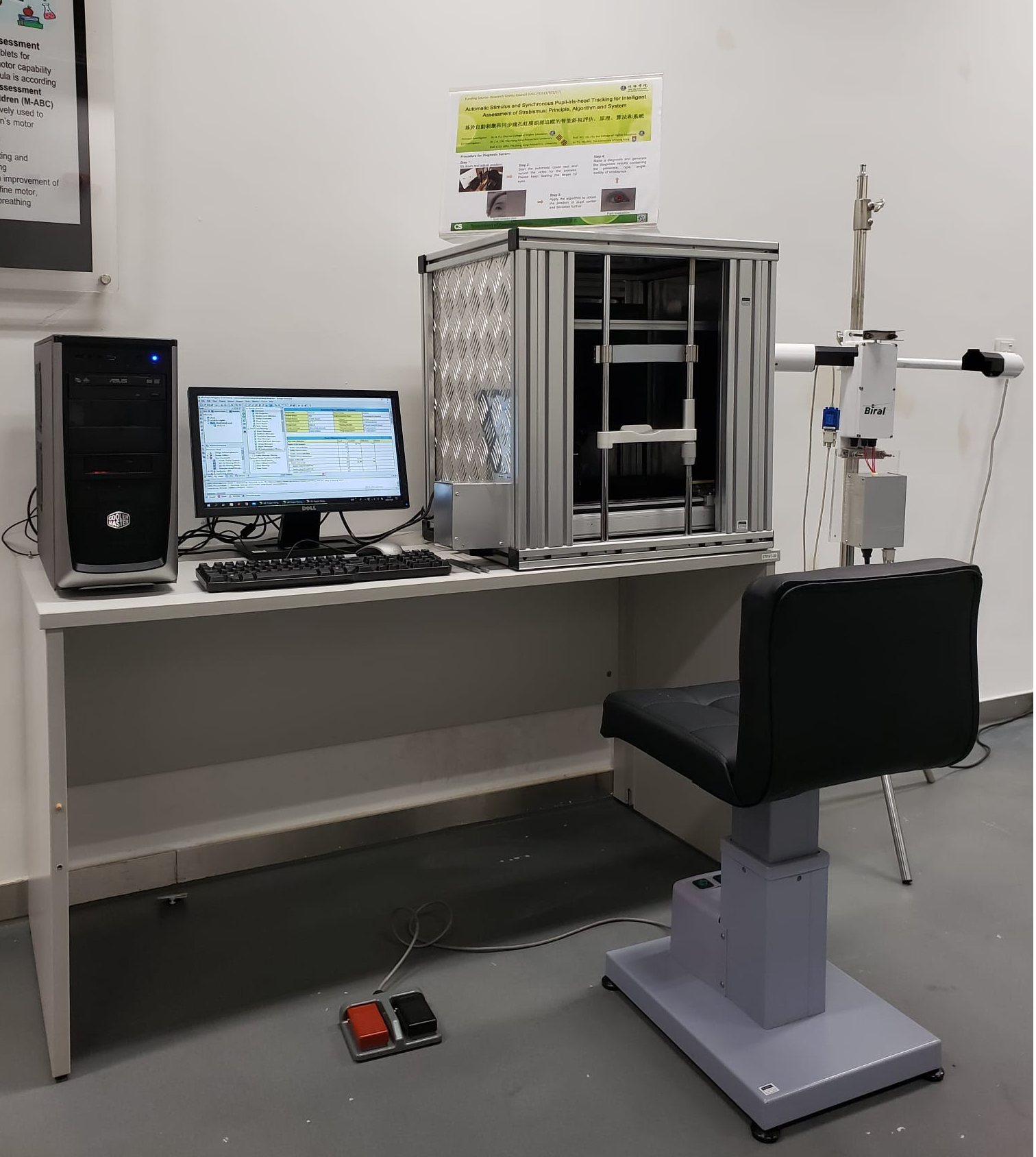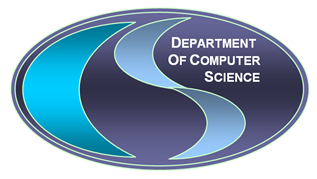(SEP 2018) Dr. Hong FU, Associate Professor, CS Dept. and Prof. Wai Lun LO, Professor and Head of the Department of Computer Science, have successfully got Research Funding from the Research Grant Committee (2018-19) for the following project. It is expected that the project will start in Jan 2019.
Intelligent assessment of Attention Deficit Hyperactivity Disorder (ADHD) based on gaze-posture-movement tracking fusion: principle, algorithm and system
Dr. Hong FU (PI), Associate Professor, CS dept, CHCHE
Prof. Wai Lun LO (Co-I), Head of CS dept., CHCHE
Research Grant Committee, Hong Kong, Faculty Development Scheme
36 months, HK$ 937,350, UGC/FDS13/E04/18


Project Summary
Attention Deficit Hyperactivity Disorder (ADHD) is a neurodevelopmental disorder that affects 8–12% of children worldwide. ADHD has serious consequences for the student’s overall academic success, emotional well-being, attitude, and behavior. Timely assessment of ADHD is essential for proper intervention and treatment. Current ADHD assessment is based on descriptive instructions, which is subjective and with low efficiency. Recent studies on eye tracking and ADHD show that it is a promising way to enhance ADHD assessment by making use of advanced IT technologies. However, only the eye movements were investigated in these studies, while the body posture and movement are not involved, which are significant in revealing the hyperactivity aspect of ADHD. Moreover, little active interactions were taken into account. Actually, children with ADHD display fine and gross motor problems, often expressed as handwriting difficulties. Handwriting is a complicated activity, which needs the coordination of hands and eyes, so the synchronous study on the visual and upper body movement during writing is essential to understand the mechanism of ADHD, so as to give systematic and objective assessment, for timely and proper intervention. Therefore, there is a need to develop a proper digital system to measure the fine eye movement, body posture and stroke movement simultaneously, to study the mechanism of ADHD, and to perform effective and objective assessment based on digitalized information.
In this proposal, we are planning to have a comprehensive study of the ADHD’s behavioral mechanism with the consideration of upper body movement and fine visual information, and further contribute an intelligent assessment of ADHD. The proposed system captures information including gaze point, written works and upper body movement. The difference between the upper body posture and visual information recorded from individuals with and without ADHD would be studied. To achieve the above objectives, four essential issues will be addressed in this project: (i) integration of gaze-posture-movement tracking system; (ii) fine gaze tracking; (iii) fusion of eye gaze, upper body posture and written stroke movement; (iv) intelligent assessment of ADHD with machine learning algorithms. The digitalized system will be implemented with a head-mounted eye-tracker, a pen tablet and two cameras. The algorithms for fine eye tracking and body posture capturing will be developed. Then a joint gaze-posture-movement analysis will be carried out to figure out the patterns and correlations of children suffering from ADHD. Finally, a classifier will be trained to perform intelligent assessment of ADHD.
The outcomes of the project will provide an alternative for ADHD assessment with digital devices and intelligent algorithms. With this system, an automated, objective and intelligent assessment can be done easily, with simple guidance of a clinical technician, which makes it efficient to identify the children with ADHD and therefore to conduct timely intervention. The finding in joint data analysis will disclose the mechanism of ADHD and will potentially bring up significant practical implication for educators and therapists to intervene children with ADHD. Meanwhile, the findings, research methodologies and data capturing systems could also be considered as valuable reference for other diseases related to visual-motion integration, such as Developmental Dyslexia and Development Dysgraphia.

